Otherlands Collaboration #23
Date: Apr. 10, 2020 • Location: Kaustinen, Finland
Esko Järvelä and I first met in Scotland at the Shetland Island Folk Festival, around 2011. Since then, we've crossed paths many times at various music/fiddle gatherings—one of which was at the Kaustinen Folk Festival in Finland. Kaustinen is a small town near the western coast of Finland, home to a special Finnish fiddling tradition carried on by the Järvelä family. Esko is from here and is part of this line. The most recent time I saw him was back in October, when I attended the Womex conference in Tampere, Finland. We couldn't resist the chance to play together and camped out at a local bar, trading tunes in the corner. This would kick-start my plans for when we arrived to Finland in the spring.
To learn more about Esko and his musical projects, please visit:
Instagram: https://www.instagram.com/esjarvel/
Facebook: https://www.facebook.com/esjarvel/
Website: http://epicmaleband.com/
Very late on Saturday, March 14 (technically already Sunday) we departed Bengaluru, India at 12.30a, with a layover in Doha, Qatar, and landed in Helsinki by mid afternoon. Shortly afterwards, we were driving north of the city towards our destination of Kaustinen, Finland. As night fell, we experienced our first snow shower in over a year, and the driving and travel were giving my eyeballs a headache. 28 hours after leaving India, we finally arrived to the little cabin we would call home for the foreseeable future, although we only planned to be there for the week.
To help us get settled, Esko met us at our cabin which belonged to a cousin of his. The coronavirus had ramped up around the world, especially in Europe by the time we got there. Calls for social distancing were beginning and since we had both been traveling recently, our greeting was short and free of contact, agreeing to chat in a couple of days once rested.
Various levels of measures were being enacted around the globe and gigs were getting cancelled for friends in many different countries. In response, two friends from the Crisol de Cuerda camp (Burgos, Spain) were organizing a Stay At Home Festival for the coming weekend, with musicians streaming concert sets from their isolation. I decided to ask Esko and Antti Järvelä (cousins) if they were interested in doing a set together from my cabin. At the time, we were still coming to terms with new social norms and since everyone was healthy, we cautiously committed to playing. We passed around tunes online, two of which Esko had taught me back in October.
As we got closer to the performance date, we started to question if the trio was a good idea. I was now aware of a voluntary quarantine requested of those entering Finland (my family qualified). Social pressure for isolation was increasing everywhere. And realizing that all the other participants were likely only playing with those in their household (solo in many cases), it didn't seem in the spirit of the festival, or morally and socially responsible, for us to gather. We put the brakes on our trio, and I would play the concert solo.
After two weeks of isolation, Esko and I decided it would be okay to meet for a few tunes at Pelimannitalo. It was a large old community/music center-type building in Kaustinen—away from our families (and anyone else for that matter)—with a room big enough for us to play and not be on top of each other. Within, there was a large Finnish fireplace, antique wooden racks for drying bread, a grandfather clock with a fiddle bridge, and a big painting of famous Kaustinen fiddlers, including Esko's grandfather. I recognized the room and the location of a solo acoustic set I played at the folk festival years before.
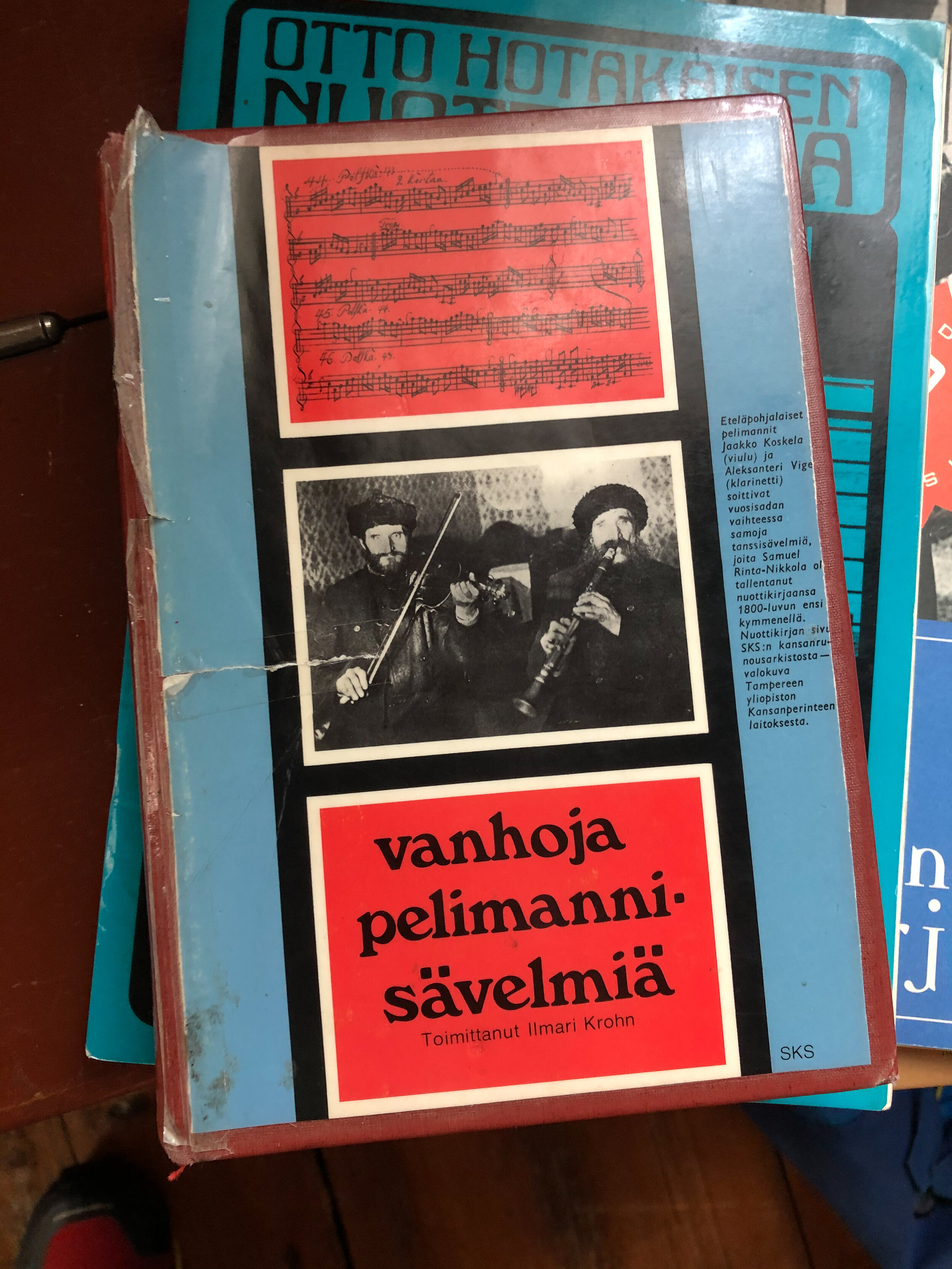
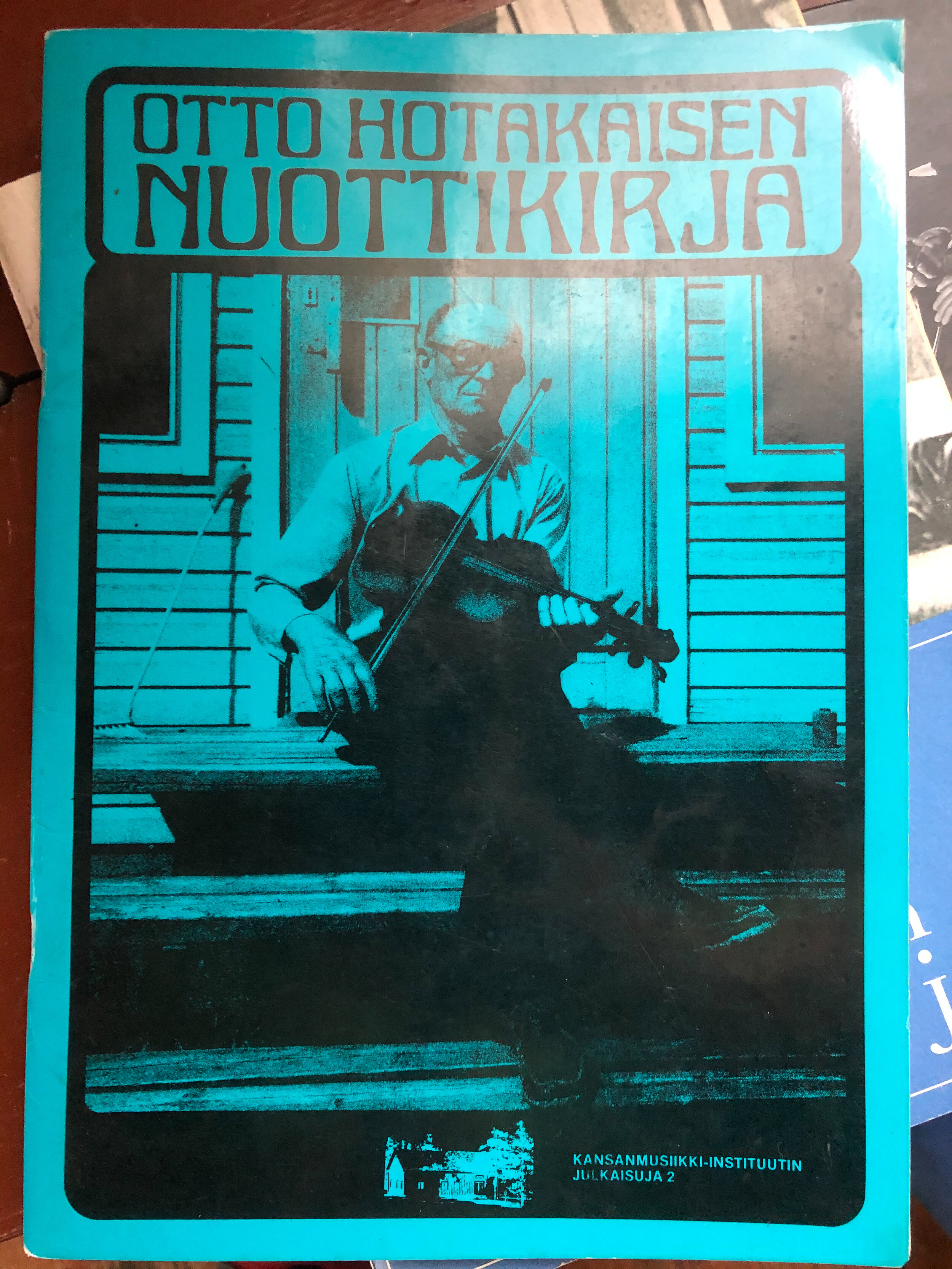
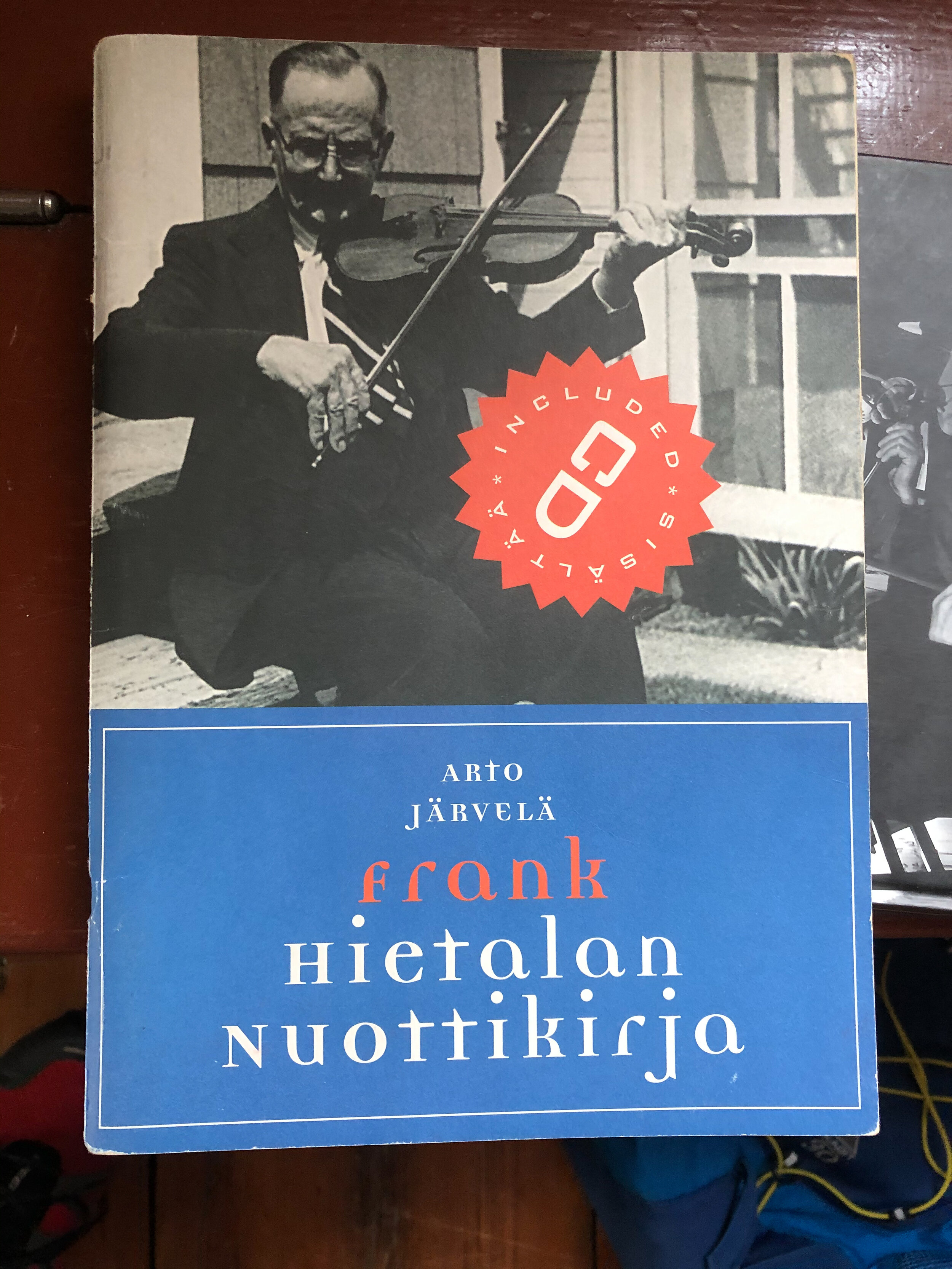
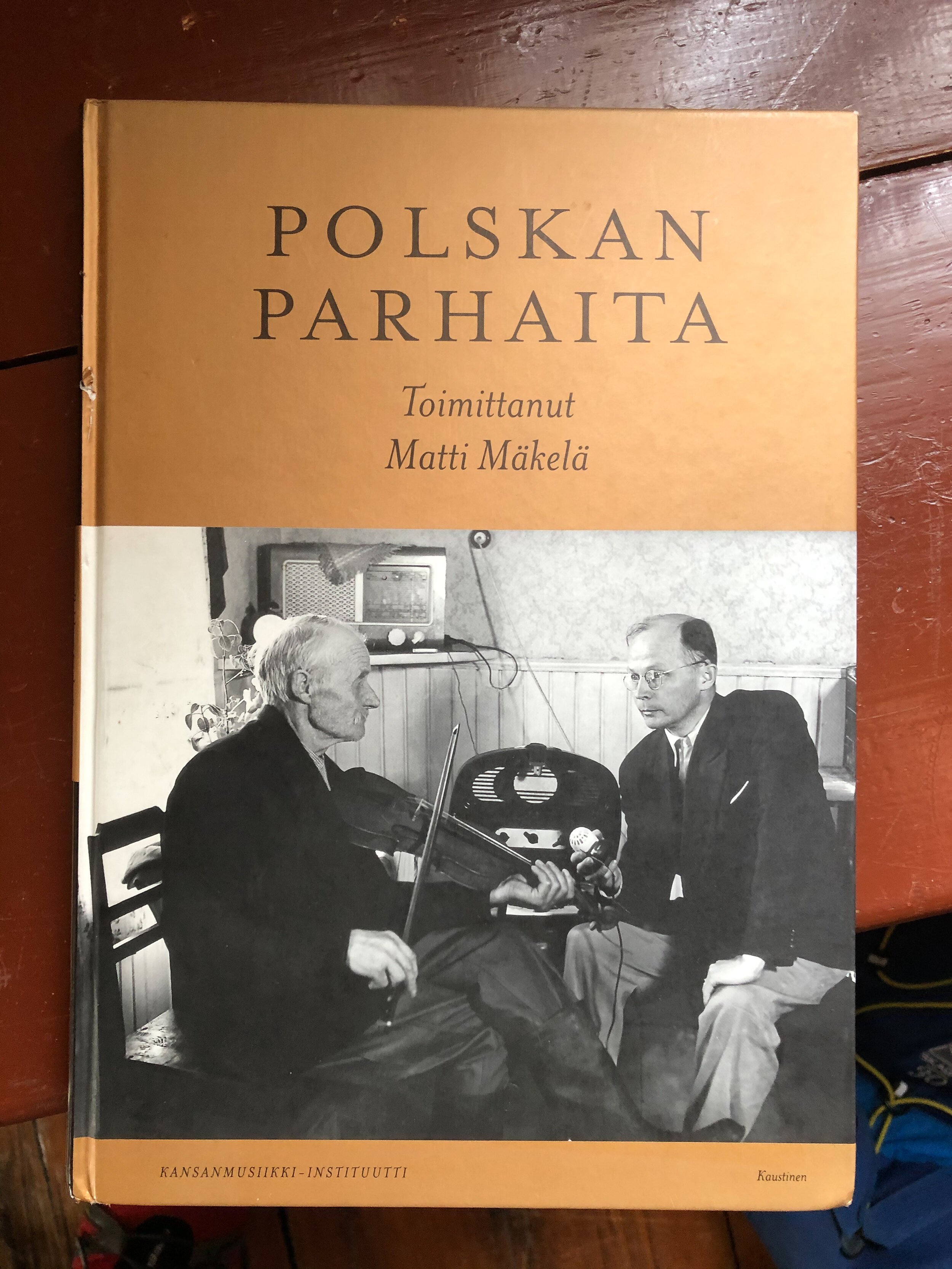
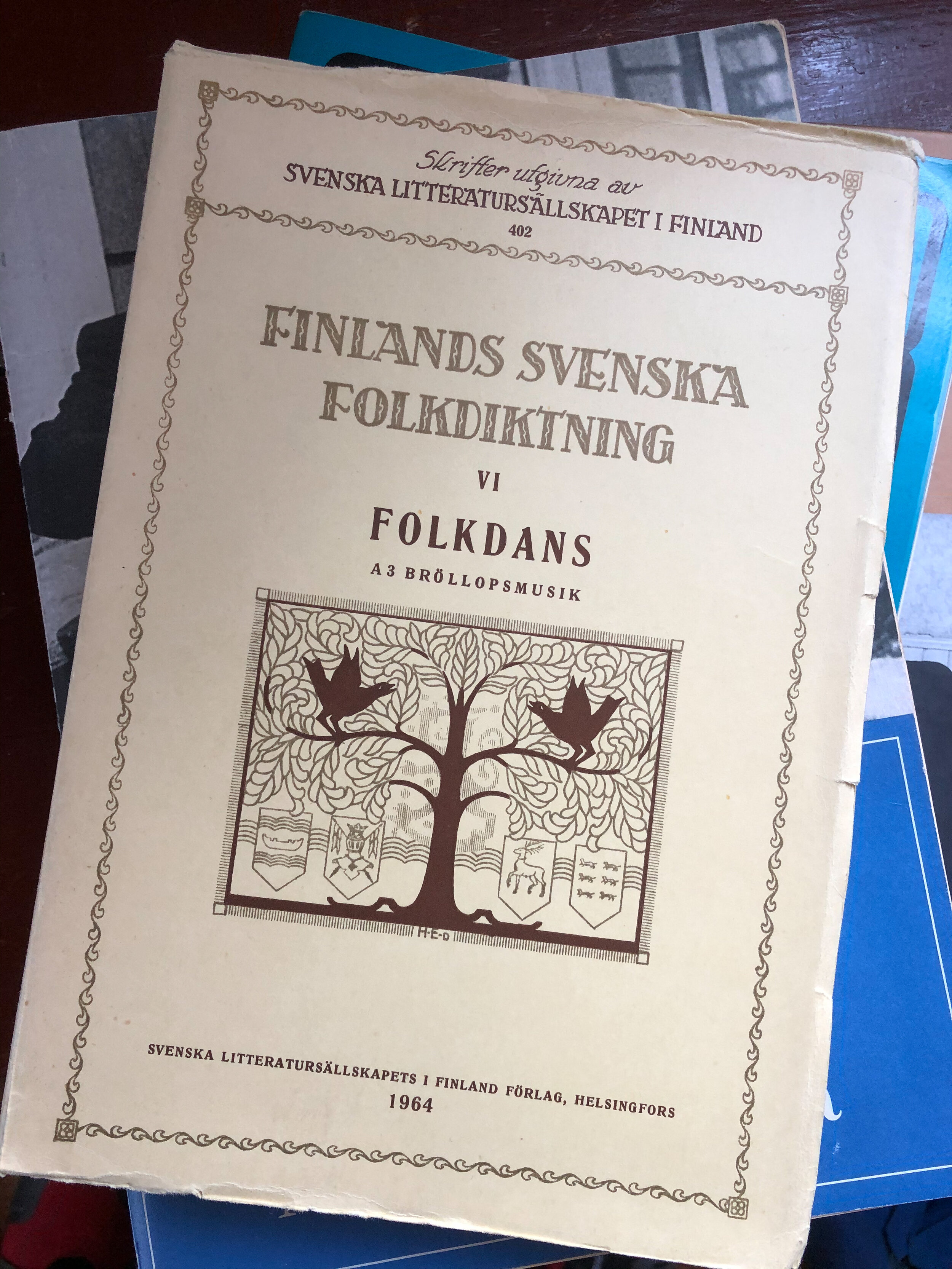
For the next 2-3 hours, we shared tunes, revisiting many from our jam back in October. Esko had also brought a collection of Finnish tune books for me to borrow, two of which were out of print: Vanhoja Pelimanni-Sävelmiä (commonly referred to as VPS) and Finlands Svenska Folkdiktning VI Folkdans. I needed new polskas and he picked out a couple of his current favorites—#51 & #99 from VPS—and played them into my phone to take home. After nearly three weeks of isolation, it felt good to be playing music with each other, and we set another date for the following week, with plans to record.
I don't have much experience with the 3/4 landscape of polskas (either rhythmically or melodically) and have always found them a bit tricky and unnatural feeling. But they are really, really interesting—pushing and pulling and changing harmonies in places I don't expect. And then there's the tapping of your foot on beats 1 & 3. As simple as it sounds, it’s not so easy in practice for me...well, not yet. So for the next few days, I worked on learning these tunes.
THE PROCESS
Step 1: Use iTabla Pro on the iPhone to set a drone in the key of the song and pick a 6-beat tabla rhythm.
Step 2: Using the sheet music as a guide, repeat melody phrases ad nauseam, first in small bits, then longer phrases, then complete parts. Try to memorize. Repeat parts over and over. Try and play parts in different orders to see if I really know them as standalone chunks.
Step 3: Using Garageband on the iPhone (for the first time), create a 3/4 song, adding a "drummer," and manipulate the drum groove until it feels okay for a polska.
Step 4: Set "sections" in Garageband with proper number of measures (for easy repeating later).
Step 5: Record the melody into Garageband
Step 6: Write out the melody by hand and jot down chord possibilities for different measures.
Step 7: Set a song section to repeat endlessly and try out myriad possibilities of chords, either strumming or bowing the fiddle. Circle the preferred chords.
Step 8: Write out the chosen chord changes.
Step 9: Record the chords with the melody and evaluate.
Step 10: Try and write out a 2nd voice harmony part
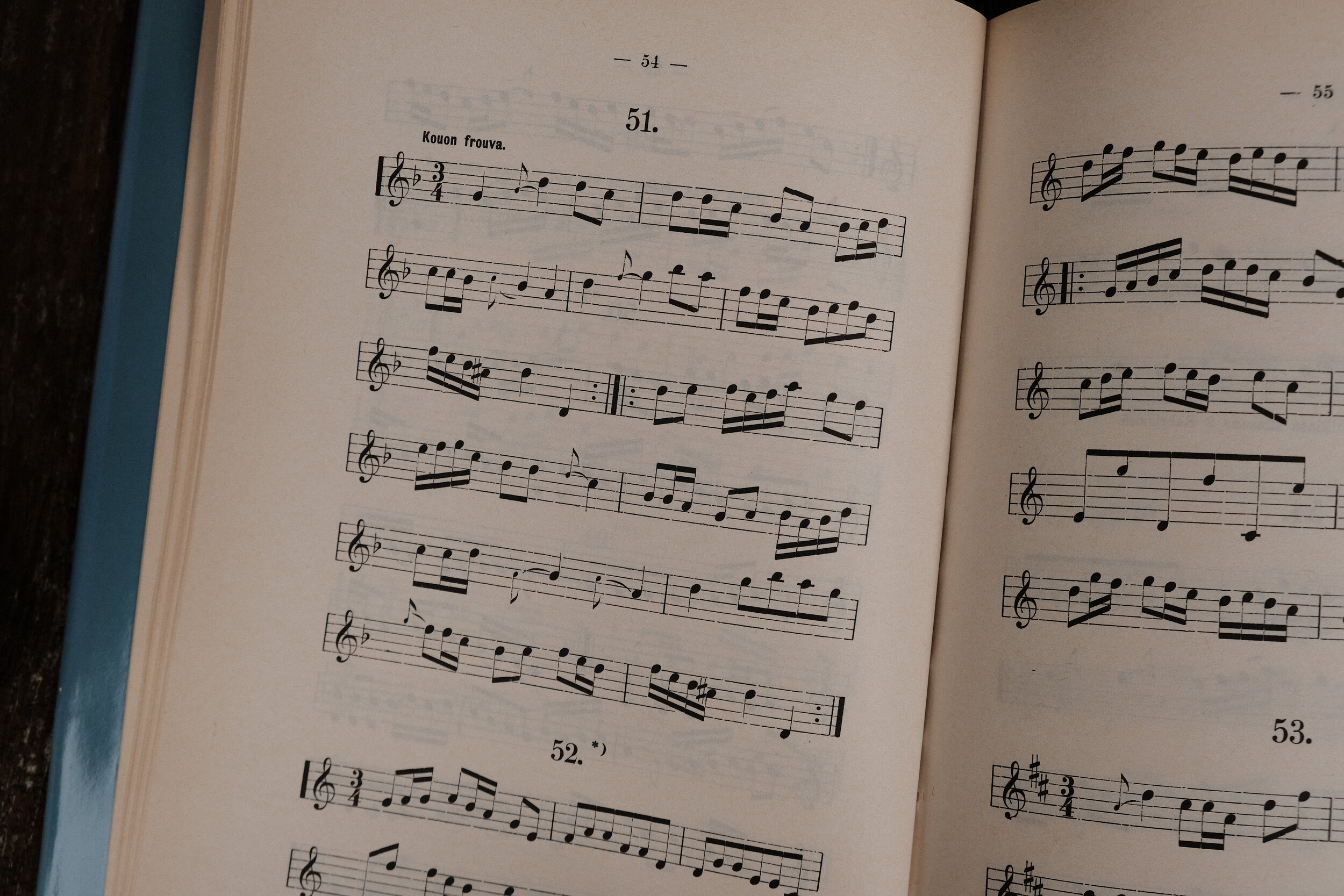
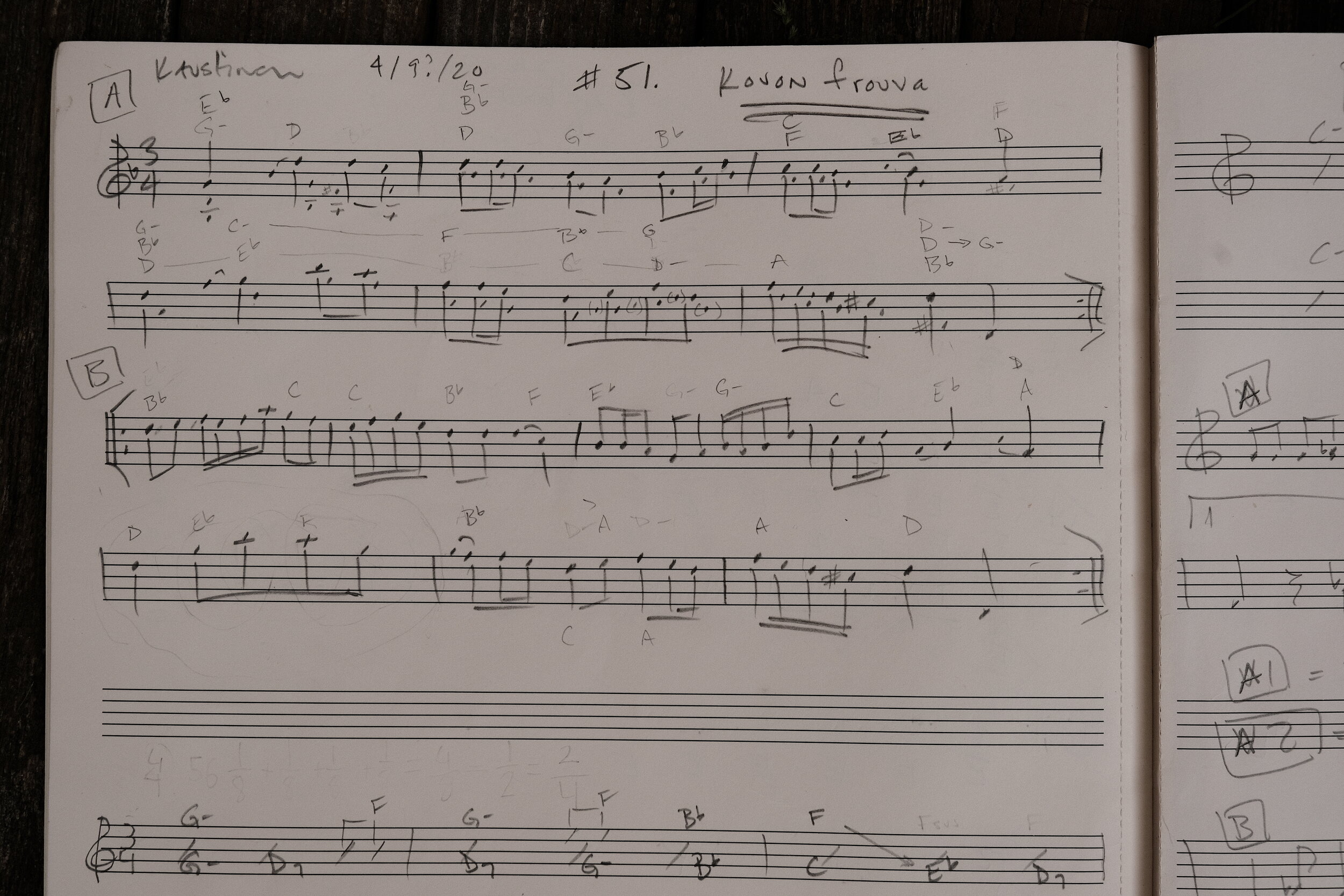
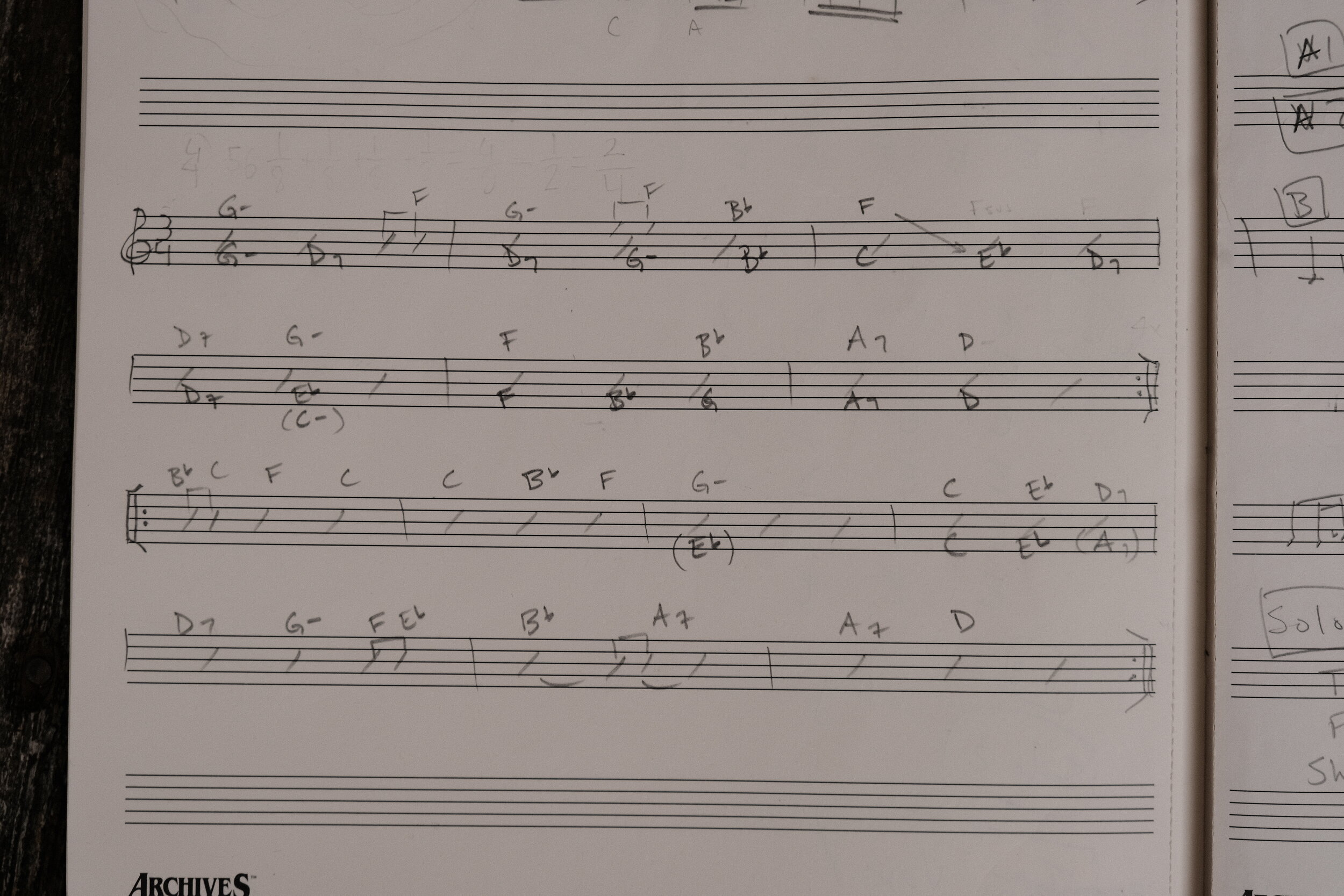
I shared the demos with Esko and got good feedback. Without any Finnish or polska chops, I was likely coming from a different direction than him. I was eager to meet him in a few days to try out these ideas in person and to hear how he hears them.
THE TUNES
#51 Kouon Frouva
At first listen, I didn't find myself able to lock onto this solemn melody. It was beautiful, but not catchy, and in fact, it was quite hard to memorize. But once I did, I felt each part as a whole phrase, rather than a collection of smaller motifs. Further complicating for me, the A-part is 6 bars long, and the B-part is 7 bars. Harmonically, without any specified chords in the book, I found multiple options that I liked and chose to use one set on the first pass, and an alternate on the repeats. When Esko and I played, agreeing on one specific set of changes seemed like lots of new memorization and possibly diluting to the end result. So, we chose to harmonize the way we each heard it when the other was playing the melody, which gives a feeling of through-composed developing harmony throughout.
#99 Orpolasten Polska
This 3-part tune, while still a 3/4 polska, was full of 16th notes and felt more familiar to me. The phrases were more even in construction and contained many repetitions of motifs. However, there were many subtle variations in the motifs that made it challenging to remember the correct order in which they were played. I really had to drill these parts into my head. The beginning of the second part has a great "climbing" melody that I expected to be repeated—but it wasn't—which made me love it even more. The third part changes to the relative major key for a lift. Again, no chords were given, so I was left to explore. I enjoyed changing harmonies on repeats of the sections for development, and the tempo and groove of this song lent itself to a more percussive accompaniment. As a 3-parter, it felt long to trade the entire form between us so we decided to play the first pass without repeats, and nodded back to this idea during the final time through. As with #51, Esko and I played our own chord changes for a collaborative blend of interpretation.
Playing with Esko is very comfortable and fun, and we have a good deal in common. We can trade roles easily, from melody, harmonies, chopping, to improvisation. He plays in both traditional groups and leads his own progressive ensemble with drums, electric instruments, and effects. And both of us have 5-string fiddles which adds another layer to the nerding we can do. One thing that I really love about his playing are his instincts to play harmonies to the melody, called "second voice" in this part of the world. A big part of the Finnish fiddle tradition is playing with other fiddlers, so second voice is second nature for many. I hope a bit of this rubs off on me. Polksas are certainly starting to feel less foreign, and that's an exciting development.
Our socially distant “handshake” after the session
CREDITS
Songs: Kouon Frouva / Orpolasten Polska (Traditional)
Music Arranged by: Casey Driessen & Esko Järvelä
Fiddle: Esko Järvelä
Fiddle, Audio & Video: Casey Driessen
Production Assistant: Emmette Driessen
SPECIAL THANKS:
Hanna Järvelä


